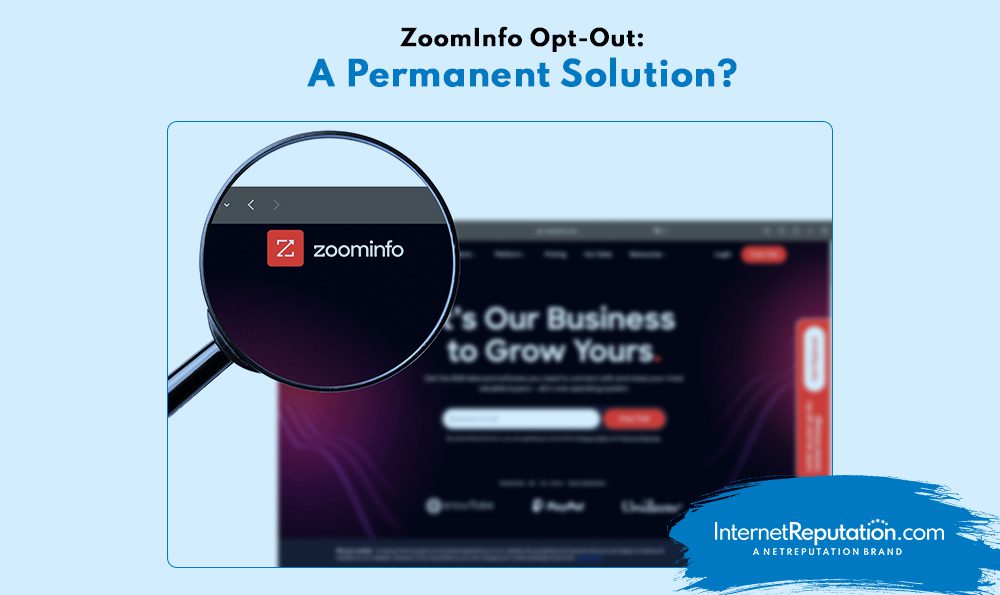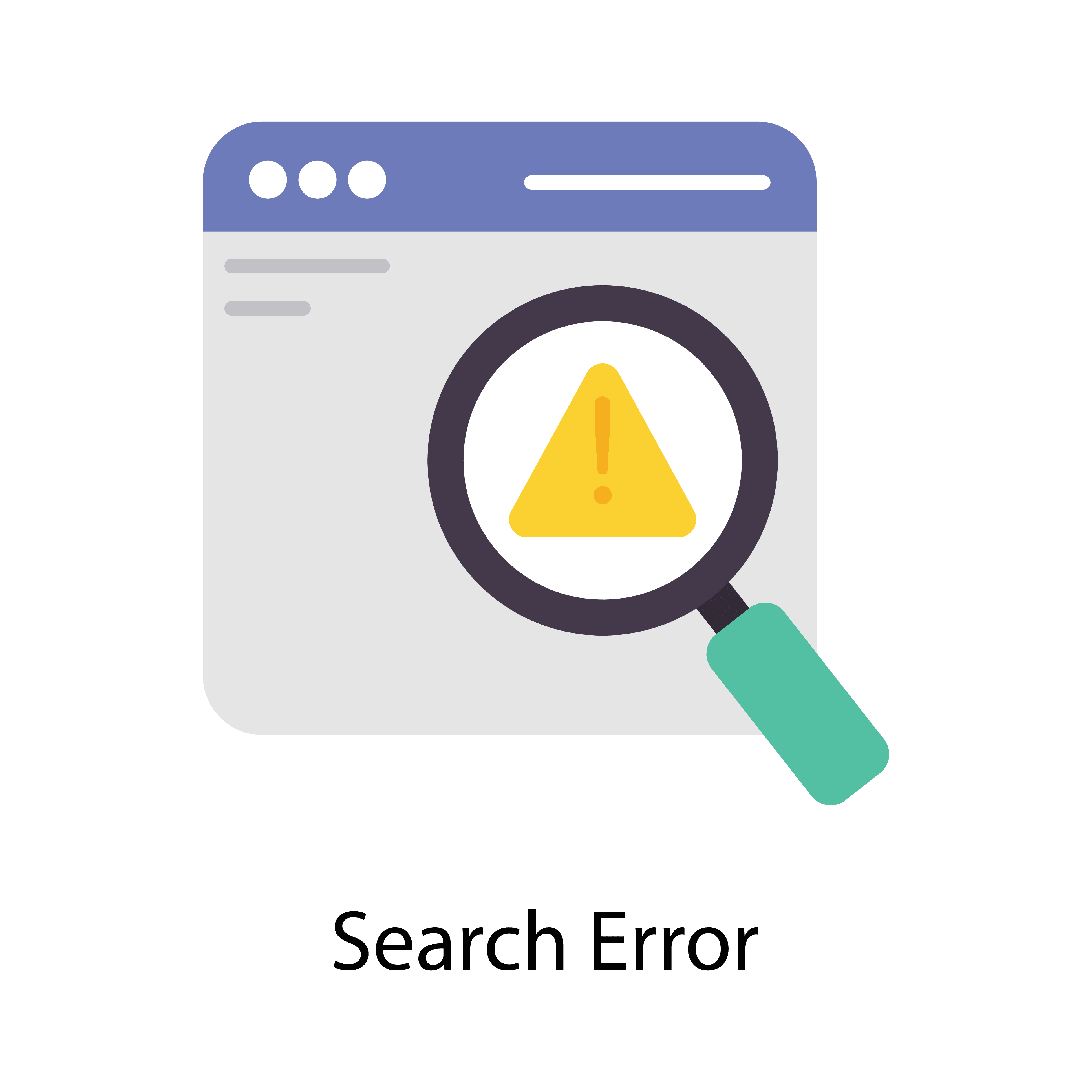ZoomInfo Opt-Out: A Permanent Solution?

Concerned about your privacy on ZoomInfo? We delve into why opting out matters and the risks of staying listed and provide a step-by-step guide. Learn how long it takes for the process to take effect, consider the consequences, and explore alternative options. Let’s get started!
What is ZoomInfo?
ZoomInfo is a data broker that collects and compiles personal and business information from various sources to create detailed profiles.
Through its extensive network, ZoomInfo gathers data from online sources, publicly available records, business websites, social media platforms, and more. This collected information includes individuals’ job titles, company details, contact information, and even insights into their professional backgrounds. By aggregating and organizing such personal data and business information, ZoomInfo creates comprehensive profiles that businesses can leverage for sales and marketing strategies.
Why Opting Out of ZoomInfo is Important and Understanding Potential Risks
Opting out of ZoomInfo is vital for safeguarding your personal and business information from unauthorized access and distribution. Taking control of your data privacy helps prevent the dissemination of contact details, job titles, and company information without your consent. This proactive step empowers you to protect sensitive data and mitigate potential risks associated with unwarranted data sharing.
How to Opt-Out of ZoomInfo and Timeline for Opt-Out Effectiveness
To opt out of ZoomInfo, visit their official website and locate the opt-out request form. Fill in your personal details and submit the request to the provided office address for processing. Ensure accuracy in providing your name, email address, and any other relevant information that ZoomInfo may need to identify and remove your data from their database. Once submitted, you can send a physical mail to ZoomInfo’s office address, addressing it to the designated opt-out department per their instructions for a smooth process.
The opt-out process with ZoomInfo typically takes a few days to be effective. Upon successful opt-out, expect confirmation that your information has been removed. This confirmation is crucial, assuring that your data will no longer be shared and verifying that your request has been successfully handled. Patience during this processing period is key, as the acknowledgment ensures that your data privacy preferences have been respected and your details will no longer be included in ZoomInfo’s databases.
Is Opting Out of ZoomInfo Permanent, and What Factors Impact its Effectiveness?
Opting out of ZoomInfo offers only temporary relief as personal data may reappear through various channels, making it an imperfect, long-term solution.
Even after opting out, individuals may discover their information circulating through interconnected databases and publicly available records held by other entities. This indicates that achieving complete data privacy is challenging when restricting only one data source. Hence, continuous vigilance and active management of privacy settings are vital to protect personal data from widespread dissemination and potential misuse.
Several factors, including the accuracy of the provided information, verification processes, and adherence to opt-out procedures, can influence the effectiveness of opting out of ZoomInfo.
Ensuring the accuracy of data submitted for opt-out requests is critical for a smooth and successful process. ZoomInfo’s validation mechanisms significantly confirm the authenticity of opt-out requests, affecting the overall success rate. Strict compliance with the prescribed opt-out guidelines is essential to ensure accurate and timely processing and safeguard data privacy.
What Are the Alternatives to Opting Out of ZoomInfo?
Alternative methods to manage data on ZoomInfo include direct contact, third-party opt-out services, and legal options.
Contacting ZoomInfo directly allows users to navigate options for controlling and removing personal information. Their privacy team offers personalized support tailored to specific concerns, providing insights into data processing and compliance.
Third-party opt-out services streamline data management across platforms, leveraging expertise in privacy. They ensure thorough data removal, enhancing overall security and compliance.
Legal action can be pursued if standard opt-out methods fail. This involves consulting a data privacy lawyer, gathering evidence of non-compliance, and sending a formal legal notice to demand data removal.
By exploring these approaches, individuals can safeguard their data and enhance online privacy.
What Are the Potential Consequences of Opting Out of ZoomInfo?
Opting out of ZoomInfo can significantly impact professional visibility, networking opportunities, and business leads.
Reduced Visibility for Job Opportunities: Opting out of ZoomInfo may decrease visibility for job opportunities, as recruiters often rely on the platform for candidate information. Being on ZoomInfo increases the chances of being discovered by recruiters and employers, potentially leading to more interviews and job offers.
Limited Networking Opportunities: Opting out of ZoomInfo could limit networking opportunities, as connections and professional contacts often use the platform for business interactions and outreach. Individuals may miss valuable connections and collaborations within their industry without a presence on ZoomInfo.
Impact on Business and Sales Leads: Businesses opting out of ZoomInfo may experience repercussions on their sales leads and marketing strategies, as the platform provides valuable data for targeting potential clients and customers. Opting out may cause a loss of access to valuable leads and hinder marketing efforts.
Conclusion
Opting out of ZoomInfo is a proactive step in safeguarding personal information, but individuals and businesses must consider potential consequences and take additional measures to protect data privacy. While opting out reduces exposure of personal details, it may not eliminate all traces of data, as information could still exist in other databases. Businesses relying on data enrichment services should assess the impact on operations. Implementing robust data privacy measures alongside opting out is crucial. This includes regularly reviewing privacy settings, updating security protocols, and educating employees on safeguarding sensitive information. By fostering a data protection culture, organizations can mitigate risks and maintain customer trust.



